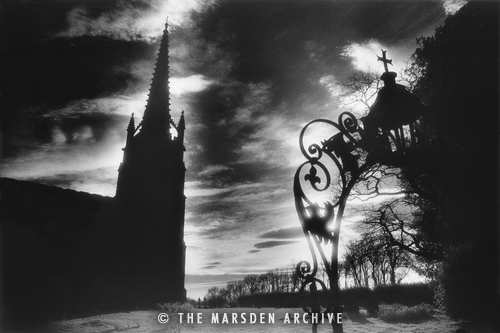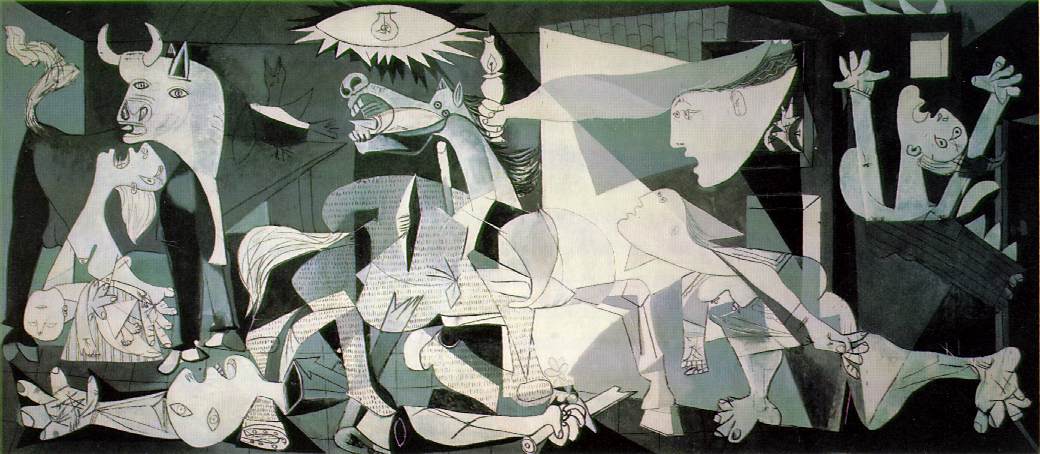 |
| The Church of San Giorgio Maggiore from the Pazzietta San Marco, Venice, Italy |
Marsden's main interests were gloomy, creepy subjects such as haunted houses, graveyards, dark towers and the fairytales and legends that are often connected to them. An interesting fact though, is that the dark atmosphere in his photographs is not created by the subjects alone, but by his choice of using infrared film.
 |
| St. Andrew's Church, Sausthorpe, Lincolnshire, England |
His photographs are already world famous and are exhibited in many museums and galleries, including the Saatchi Gallery in London, and the Bibliothèque nationale de France in Paris. Simon Marsden also published a number of illustrated books, the latest having been used as an album cover of the English black metal band 'Cradle of Filth's second album and as an adveritsment for the Japanese manufacturer Toshiba.
References:











